detail profile andr c3 a9 s labarthe
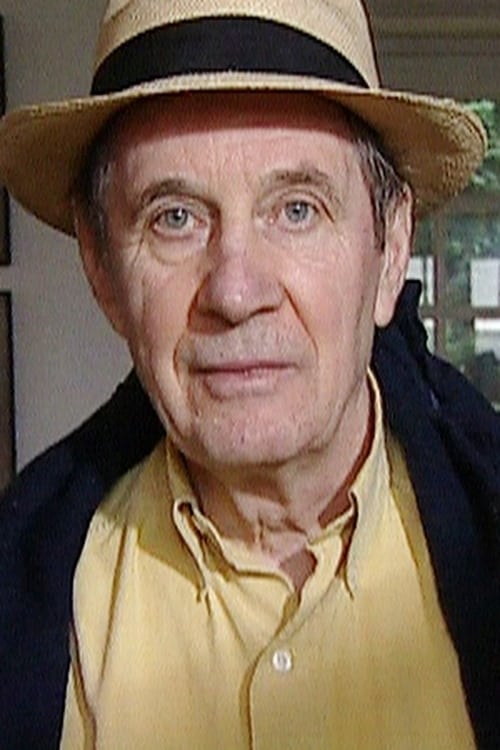
André S. Labarthe
André Sylvain Labarthe
atau dikenal sebagai
Riwayat Hidup
André S.
Labarthe (18 December 1931 – 5 March 2018) was a French actor, film producer and director.
He starred alongside Anna Karina in the 1962 film Vivre sa vie.
He was the director of many television documentaries that profile specific individuals, beginning with Cinéastes de notre temps.
Source: Article "André S.
Labarthe" from Wikipedia in English, licensed under CC-BY-SA 3.
0.
Info Pribadi
Peran Yang Di Mainkan André S. Labarthe
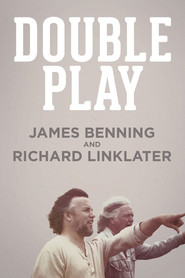 In 1985 former oil rig worker Richard...
In 1985 former oil rig worker Richard...Double Play: James Benning and Richard Linklater 2013
In 1985, former oil rig worker Richard Linklater began a film screening society in Austin, Texas, that aimed to show classic art-house and experimental films to a budding community of cinephiles. Eventually incorporating as a nonprofit, the newly branded Austin Film Society raised enough money to fly in their first out-of-town filmmaker: James Benning. Accepting the invitation, Benning met Linklater and the two began to develop a personal and intellectual bond, leading to many future encounters. Starting in the 1960s, Benning had been creating low budget films mostly on his own, while Linklater had just begun to craft his first shorts. The filmmakers have remained close even as their careers have diverged. After the cult success of Slacker, Linklater went on to make films with Hollywood support. Benning, meanwhile, has stayed close to his roots and is mainly an unknown figure in mainstream film culture.
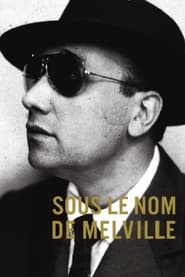 Mixing interviews rare archival footage and...
Mixing interviews rare archival footage and...Code Name: Melville 2010
Mixing interviews, rare archival footage and film extracts, the film shows how Melville's works were impacted by what he experienced in his youth during WWII, and how it structured his whole approach to cinema, not only in its thematic but also in its aesthetics.
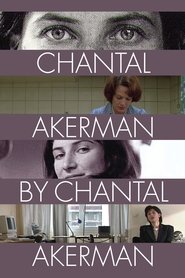 Janine Bazin and Andr Labarthe approached...
Janine Bazin and Andr Labarthe approached...Chantal Akerman by Chantal Akerman 1997
Janine Bazin and André Labarthe approached Chantal Akerman about making a film for the series; eagerly, Akerman proposed a number of filmmakers—but all had already been done. So she suggested…“How about me?” Akerman creates a fascinating self-portrait that takes us through her career, aided by critics Emmanuel Burdeau and Jean Narboni and filmmaker Luc Moullet.
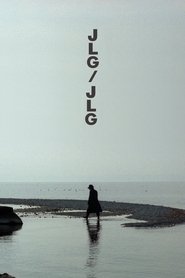 Director JeanLuc Godard reflects in this...
Director JeanLuc Godard reflects in this...JLG/JLG: Self-Portrait in December 1995
Director Jean-Luc Godard reflects in this movie about his place in film history, the interaction of film industry and film as art, as well as the act of creating art.
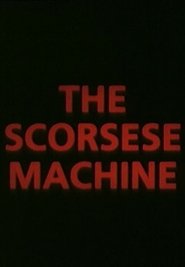 Amazing documentary shows rarely seen side...
Amazing documentary shows rarely seen side...The Scorsese Machine 1990
Amazing documentary shows rarely seen side of a master director. 1990 was a very good year for Martin Scorsese. After making a diverse group of films in the 80s, he reunited with Robert DeNiro for "Goodfellas" and later that year shot a segment for "New York Stories", an anthology film of three shorts by Scorsese, Woody Allen, and Francis Ford Coppola. During the editing, the French documentary series "Cinéma, de notre temps" filmed a documentary on the director, and it's a fascinating glimpse into his life, personality, and working habits as he edits his short with long-time collaborator Thelma Schoonmaker.
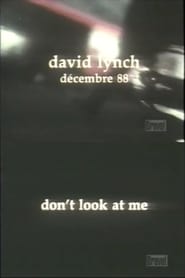 A documentary about American director David...
A documentary about American director David...David Lynch: Don't Look at Me 1989
A documentary about American director David Lynch from the Cinéma, de notre temps series.
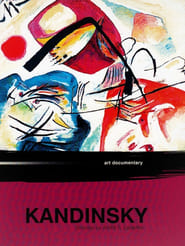 Colour form area this is the...
Colour form area this is the...Kandinsky 1986
Colour, form, area - this is the formula of the greatest pioneer of abstract painting. Kandinsky came to art late in life, but his impact through Der Blaue Reiter (The Blue Rider) and Bauhaus paved the way for modern art. In 1913, he created one of the first abstract pictures, the theoretical basis of which was inspired by his essay Uber das Geistige in der Kunst (On the Spiritual in Art). Accompanied by Mussorgsky's Pictures From An Exhibition Labarthe goes on a sensual journey which makes the soul resound with colours and forms. "A picture has to resound and must be bathed in an inner glow." Kandinsky
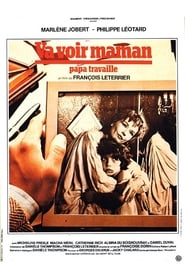 Family mother and model wife Agnes...
Family mother and model wife Agnes...Your Turn, My Turn 1978
Family mother and model wife, Agnes hits a vehicle while driving in Paris. She immediately falls in love with the driver of the damaged car.
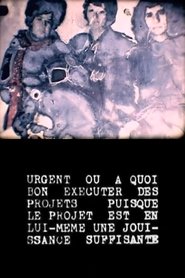 Grard Courant applies the Lettrist editing...
Grard Courant applies the Lettrist editing...Urgent ou à quoi bon exécuter des projets puisque le projet est en lui-même une jouissance suffisante 1977
Gérard Courant applies the Lettrist editing techniques of Isidore Isou to footage of late 70's pop culture. Courant posits that his cinema offers an aggressive détournement to the French mainstream, reifying a Duchampian view of film: "I believe in impossible movies and works without meaning... I believe in the anti-movie. I believe in the non-movie. I believe in Urgent... My first full length movie that is so anti-everything that I sometimes wonder if it really does exist!"
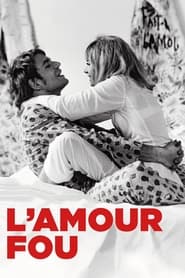 A troubled marriage is tested by...
A troubled marriage is tested by...L'Amour fou 1969
A troubled marriage is tested by the couple's involvement in a theatrical production of Racine’s Andromaque.
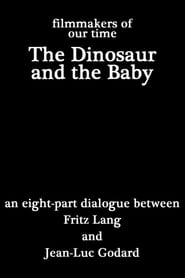 An hourlong discussion between Fritz Lang...
An hourlong discussion between Fritz Lang...The Dinosaur and the Baby 1967
An hour-long discussion between Fritz Lang and Jean-Luc Godard in which they discuss a variety of art forms, the role of the cinema, their collaboration together, and much more. (Filmed in 1964 but released for TV in 1967.)
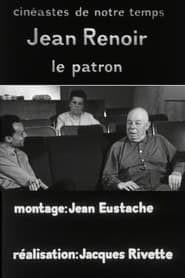 In the third part of a...
In the third part of a...Jean Renoir, le patron, 3e partie: La règle et l'exception 1967
In the third part of a Cinéastes triptych on Jean Renoir, the director sits alone in a cinema analyzing scenes from La Marseillaise and The Rules of the Game, and discussing his editing and storytelling techniques.
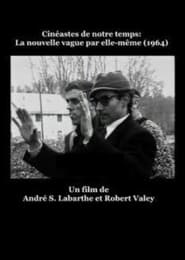 Made for Cinastes de notre temps...
Made for Cinastes de notre temps...La Nouvelle Vague par elle-même 1964
Made for Cinéastes de notre temps series. In 1964, several French New Wave auteurs discuss the success and crisis of the wave. Featuring Claude Chabrol, François Truffaut, Jacques Rivette, Jean-Luc Godard, Jacques Rozier, Jacques Demy, Agnès Varda, Jean Rouch, and many others.

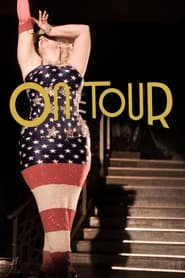 After leaving France in search of...
After leaving France in search of...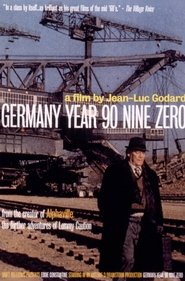 The supremely worldweary Lemmy Caution last...
The supremely worldweary Lemmy Caution last...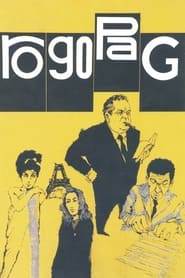 Four short films by four different...
Four short films by four different...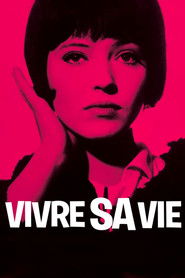 Twelve episodic tales in the life...
Twelve episodic tales in the life...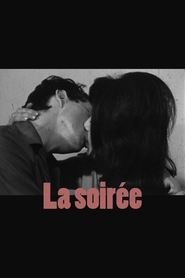 Unfinished film by Jean Eustache A...
Unfinished film by Jean Eustache A...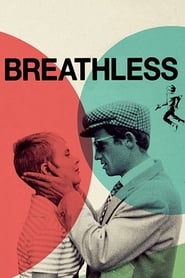 A smalltime thief steals a car...
A smalltime thief steals a car...